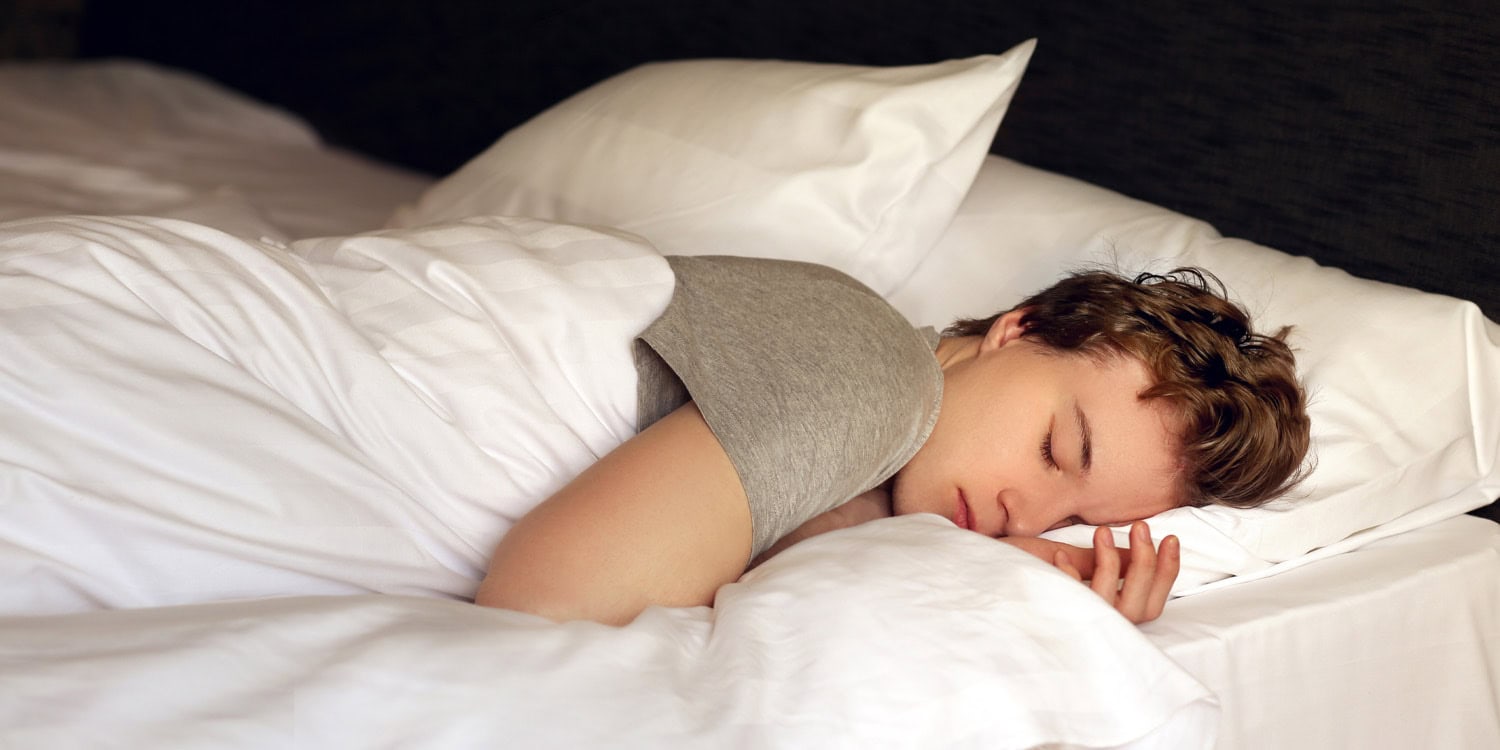A study of a small group of adolescents found that their sleep patterns are associated with their exposure to light during the day. Adolescents exposed to more light during the daytime tended to go to bed somewhat earlier and wake up somewhat earlier the following morning. The paper was published in the Journal of Sleep Research.
Sleep is a natural and essential biological process that allows the body and brain to rest and recover. It consists of different stages, including deep sleep and REM sleep, which contribute to various aspects of physical and mental well-being. Sleep is important for physical health, as it is a time when the body repairs tissues, regulates metabolism, and strengthens the immune system. It also plays a crucial role in brain function, supporting memory consolidation, emotional regulation, and cognitive performance.
Poor sleep can lead to problems such as difficulty concentrating, mood disturbances, and a weakened immune response. Chronic sleep deprivation increases the risk of serious health conditions, including heart disease, diabetes, and obesity.
The brain regulates sleep behavior through a combination of processes in which the need for sleep accumulates during the day and dissipates during sleep. This process is controlled by an internal timing mechanism that creates the body’s circadian rhythm. The body’s activity and various external factors can also affect sleep patterns and sleep quality.
Study author Luísa da Costa Lopes and her colleagues aimed to explore the association between exposure to light during the day and subsequent sleep among high school students. They also sought to examine the sleep and light exposure patterns of students from the same school and the differences in those patterns between school days and free days.
The study participants were 35 Brazilian high school students from São Paulo, aged between 15 and 17 years. Sixty-nine percent were girls. The researchers invited them to participate in the study following an oral presentation.
Data were collected between September 14 and October 8, 2021, during a time of year when daylight lasts 12–13 hours in this region of Brazil. The sun rises a little before 6:00 a.m. and sets around 6:00 p.m. During this period, study participants wore actigraphs on their wrists that recorded their movement (and thus sleep) and exposure to light. The researchers calculated levels of light exposure across four periods of the day. All data were extracted from actigraph records.
The results showed that, on average, students were more exposed to light between 6:00 and 9:00 a.m. on school days than on free days. Conversely, they were exposed to more light between 3:00 and 6:00 p.m. on free days than on school days. On free days, participants went to sleep later than on school days but slept longer.
The intensity of light exposure was associated with sleep characteristics. On days when students were exposed to more light, they tended to fall asleep earlier and wake up earlier the following morning. For every 100 additional lux (a measure of light brightness) they were exposed to during the day, participants fell asleep about eight minutes earlier and woke up about seven minutes earlier than usual. The association was even stronger with exposure to light in the early part of the day. However, increased exposure to light during nighttime intervals was associated with falling asleep later than usual.
“The main findings were: (1) the average sleep time of the sample was insufficient, even on free days; (2) greater daily light exposure, in all analyzed intervals, was associated with earlier onset of subsequent sleep episodes, and the same effect was observed with increased minutes exposed to intense light; (3) higher exposure to light during early daytime affected sleep offset.”, study authors concluded.
The study contributes to the scientific understanding of adolescent sleep-wake patterns. However, it should be noted that the study’s design does not allow for causal inferences to be drawn from the results. It is entirely possible that the observed sleep pattern changes are not driven by light exposure itself but rather by the activities students engage in, which influence the amount of light they receive.
The paper, “Associations between real-life light exposure patterns and sleep behaviour in adolescents,” was authored by Luísa da Costa Lopes, Julia Ribeiro da Silva Vallim, Sergio Tufik, Fernando Louzada, and Vânia D’Almeida.




